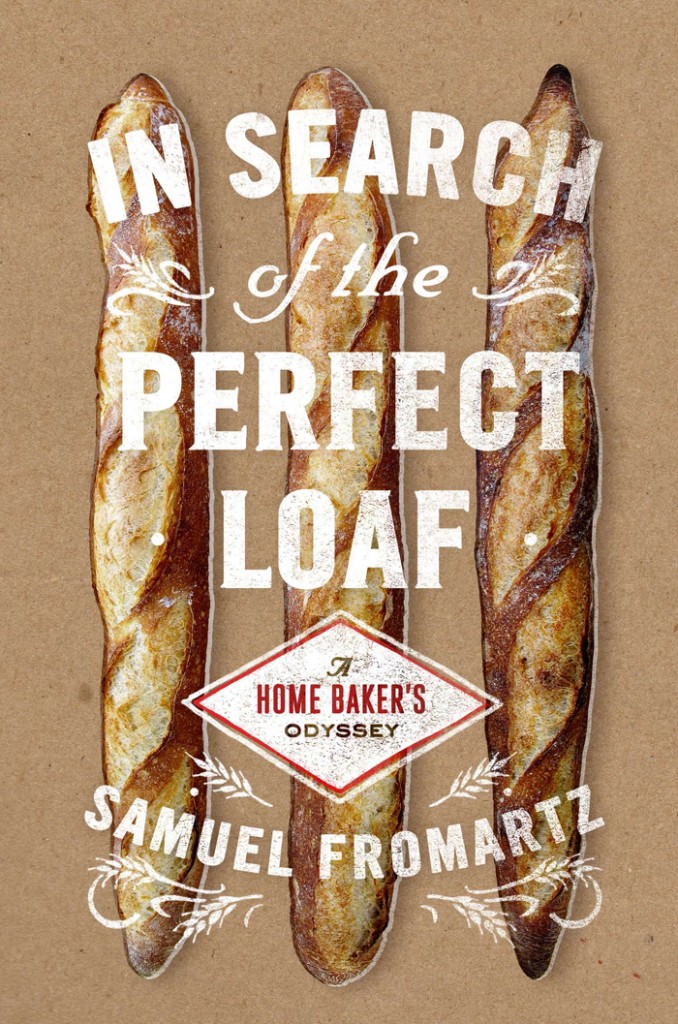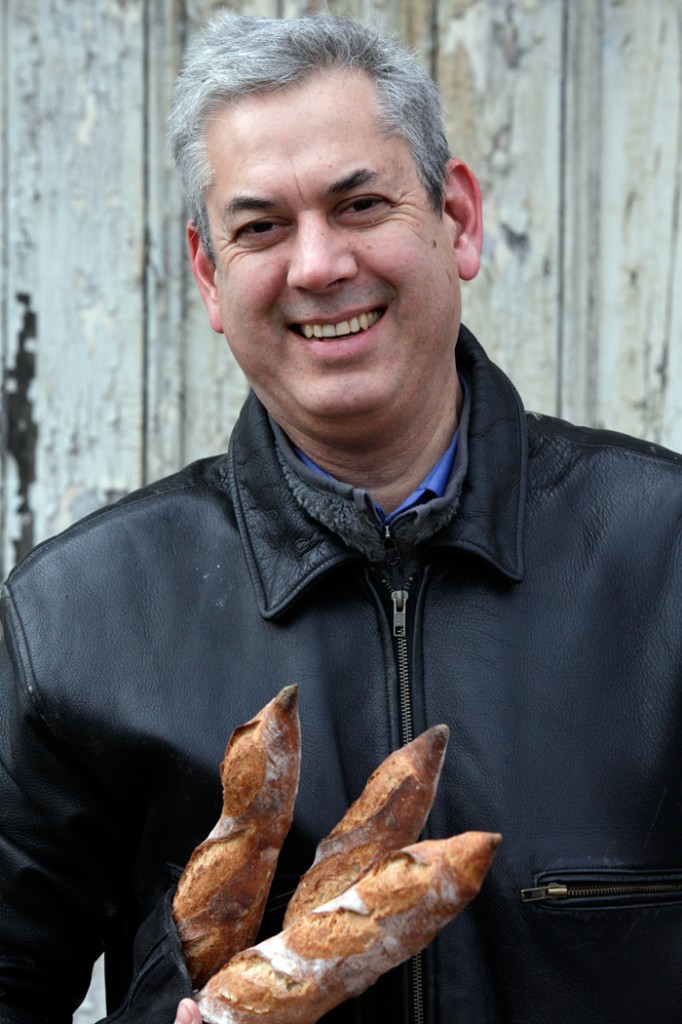
When it comes to bread, these sure are interesting times. On one hand, there is an increasing number of people for whom bread is strictly verboten, due either to a disease such as celiac, or because of gluten sensitivities or fad diets. And on the other hand, there are more bread shops and piles of artisanal bread for sale in stores and delis than ever before. It’s not unusual to arrive at one of these places late in the day only to find empty shelves scattered with a few lonely crumbs. So while some of us can be found setting up camp in the gluten-free aisle of Rainbow Grocery, many others are still buying and eating and obsessing over bread. And like craft beer (bread's second cousin), this enthusiasm has sparked an interest in reproducing some of these delicious, often iconic, loaves at home.
It’s not too hard to figure out which group Samuel Fromartz, the author of In Search of a Perfect Loaf: A Home Baker's Odyssey, belongs to because it’s all right there in the title. This book is the work of a man deeply interested in bread, from its long, involved role in human history and agriculture to how it works on a chemical level to the mechanics of kneading and folding. This is someone who tried to grow wheat in his garden, who traveled all over the USA and Europe to track down ancient grains and to visit other obsessed bakers. Not content to simply watch a master bread baker in action, Sam Fromartz is the kind of guy who rolled up his sleeves and plunged his arms into vats of sticky dough in order to ‘teach his hands’ how to form a loaf by repeating the same movement over and over again.
A freelance writer and journalist by trade, Fromartz saw an opportunity to pursue his passion for bread when the economy (and his regular freelance gigs) took a downturn in 2008. Already an enthusiastic home baker, he convinced a travel editor to send him to Paris for 10 days in order to learn hands-on how to make a classic baguette. Initially nervous that he would somehow ruin the pleasure and relaxation he got from baking bread by combining it with his day job, Fromartz was soon invigorated by the challenge. “I thought this work would bring me much closer to the perfect loaf,” he wrote in the introduction to In Search of a Perfect Loaf. “But what I didn’t appreciate was how this quest would fundamentally alter the way I viewed bakers, grains, and this basic sustenance, bread.” Several more of these hands-on visits to other bakers and dozens if not hundreds of loaves later, he realized that he had the makings for a book.
In Search of a Perfect Loaf is not a cookbook, although there are a few recipes (more on that later.) It’s first and foremost a tale of one man’s journey, both personal and investigative, into figuring out what goes into creating a really good loaf of bread. There are seven chapters in all, with each one featuring a baker or farmer along with information on a particular aspect of bread and bread making. The chapters all end with Fromartz’s own attempts to learn or create a specific kind of bread as well as a detailed recipe or two.
Fromartz begins his book with that Parisian baguette, a simple bread that is perhaps one of the most difficult of all to master. He brings us into the back rooms and basements of Parisian bakeries where we learn how modern conveniences almost destroyed this iconic loaf and how today’s bakers are rescuing it by finding a balance between mechanization and the fine, but backbreaking, art of creating a baguette by hand. After the first chapter on Paris and the baguette, we journey in the second chapter to La Brea bakery in Southern California and take a deep dive into the world of microbes and the so-called wild yeasts of the sourdough. While a few cherished myths are dispelled here, ultimately this chapter sheds light on this mysterious process and ends with a lesson on the classic sourdough loaf.

From there we learn about wheat diversity and genealogy and are schooled in the many forms of white and whole wheat flour, including the history of white flour’s popularity and how it and various permutations of whole wheat are actually made. The influence of bread on agriculture and the importance of the mill are examined as well as the introduction of modern technologies to all aspects of the process and the impact of this, both good and bad. We travel to Kansas to visit a heritage wheat operation and to Germany to learn how to make dense, dark, fragrant rye bread. Finally, Fromartz circles back to France, this time to a small operation in the south where a retired businessman-turned-baker grows his own grain and whose bakery functions as the heart of a small village.